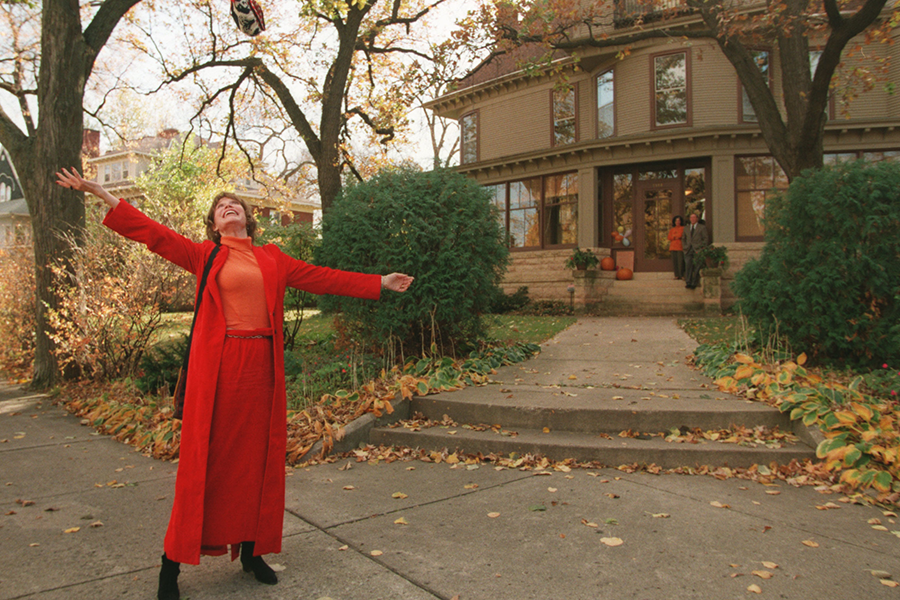Mary Tyler Moore expanded America's view of what a woman can be
Loading...
The death of Mary Tyler Moore, star of 1970s sitcom "The Mary Tyler Moore Show," at age 80 on Wednesday inspired a deluge of tributes from her colleagues in TV and film, who praised her talent and spirit.
Robert Redford, who directed her in the 1980 movie "Ordinary People," recalled her bravery in stepping out of her sitcom roles into a role "darker than anything she had ever done," according to Reuters.
"There are no words. She was THE BEST!," tweeted Dick Van Dyke, who played her husband on "The Dick Van Dyke Show," adding, "We always said that we changed each other's lives for the better."
But for many viewers – especially among women – she'll be missed in a different way: as one of television's early images of a feminist.
In her seven seasons as a spunky Minneapolis TV producer on "The Mary Tyler Moore Show," Ms. Moore played Mary Richards, a thirty-something single woman who dated but didn't mind being single, either, and who had a knack for pushing back against her male boss. The show won 29 Emmys, a longstanding record, and spawned three separate spinoffs: "Rhoda," starring Valerie Harper; "Phyllis" with Cloris Leachman, and "Lou Grant," starring Ed Asner. And the success of the series helped launch what would become a popular genre in TV sitcoms.
"I could not do what I do without her," said Rachel Bloom, star of TV comedy "Crazy Ex-Girlfriend," in a Twitter post.
As The Christian Science Monitor’s Molly Driscoll noted in 2013, the politics of Moore’s character were a matter of debate at the show’s inception, particularly a plan to make Mary Richards a divorcee:
One [CBS] executive protested, "The audience will think she divorced Dick Van Dyke!," referring to Moore's previous role as wife Laura on "The Dick Van Dyke Show." [Co-creators James] Brooks and [Allan] Burns explained that the husband would appear onscreen and he would look different from Van Dyke. Executives also objected to Mary openly stating her age, which Brooks and Burns felt would make her more relatable. Finally, the executives turned to a staff member from the research department. "Our research says American audiences won't tolerate divorce in a lead of a series any more than they will tolerate Jews, people with mustaches, and people who live in New York." It was finally settled that the character of Mary Richards would not be divorced, but instead would have recently ended a relationship.
"Everything I did was by the seat of the pants," Moore told the Associated Press in 1995. "I reacted to every written situation the way I would have in real life."
Upon news of her death on Wednesday, fans in Minneapolis left flowers at the base of a statue downtown enshrining the show’s iconic opening credits scene, in which Moore flings her tam in the air.
"I'm proud that we were in that groundbreaking sorority that brought single independent women to television. She will be deeply missed," said Marlo Thomas, who also played a single, career-minded woman in the 1960s sitcom "That Girl," in a statement to the AP.
Moore, wrote NBC newswoman Andrea Mitchell on Twitter, "influenced my career more than any other tv role model."
"She indeed turned on the world with her smile."
This report contains material from the Associated Press and Reuters.






